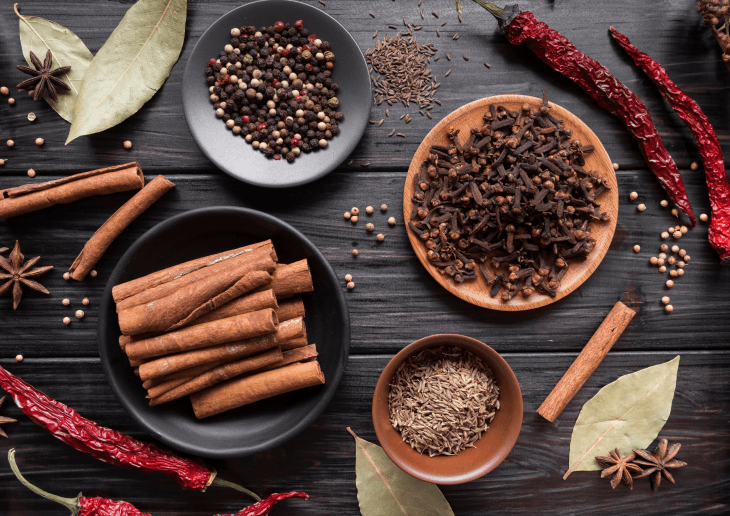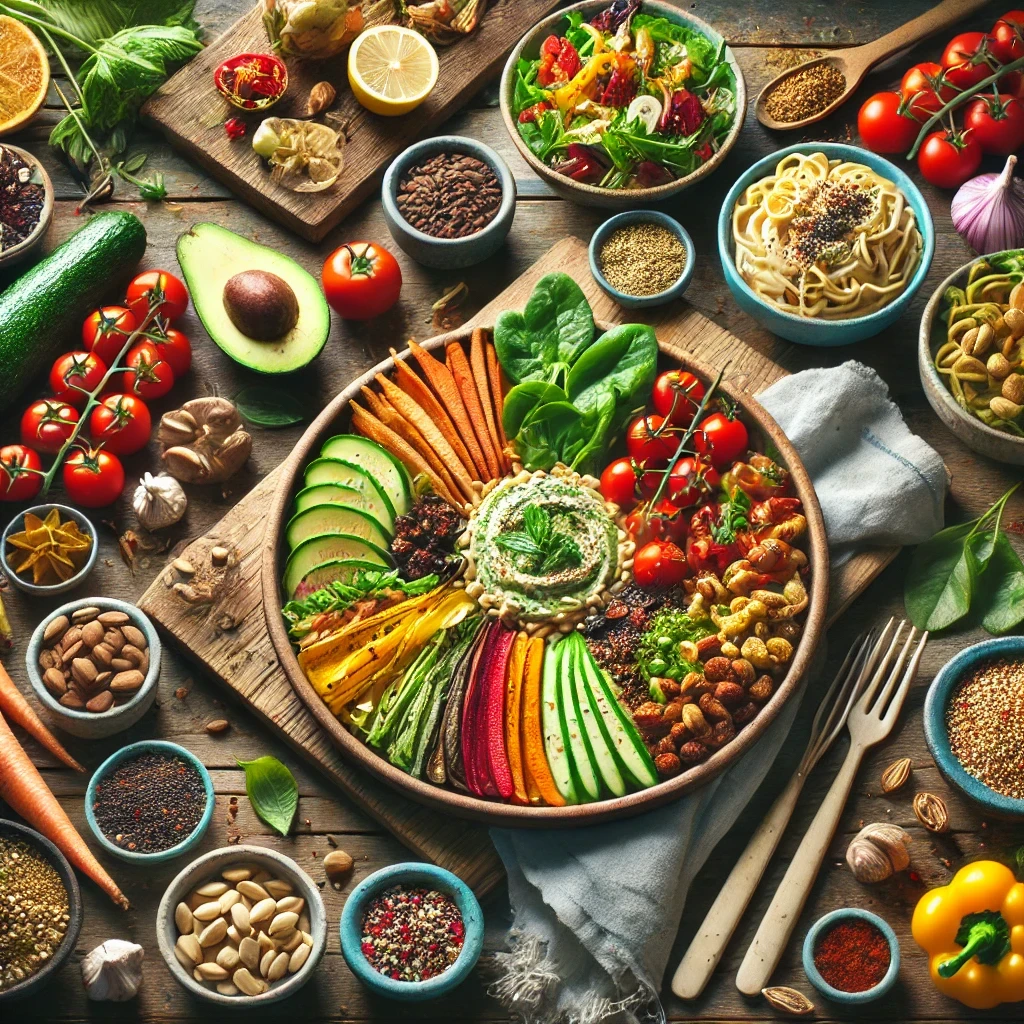Sep 16, 2024
Spice Up Your Life, A Guide to Different Spices
Elevate your dishes with the power of spices. Explore a variety of spices, their flavors.
Introduction:
Spices are the secret ingredients that transform simple meals into memorable culinary experiences. With their rich aromas, bold flavors, and vibrant colors, spices have been central to global cuisine for centuries. From the warmth of cinnamon to the smokiness of paprika, spices can add depth, complexity, and character to any dish.This guide will take you on a flavorful journey, introducing you to a variety of essential spices, their unique taste profiles, and how to use them to elevate your cooking. Whether you’re new to the kitchen or a seasoned cook looking to expand your spice knowledge, this guide will help you spice up your life—one delicious dish at a time.
Exploring Essential Spices:
Each spice brings something special to the table. Understanding their flavors and best uses is key to mastering their potential.
Cumin: Earthy and warm, perfect for curries, chili, and roasted vegetables.
Paprika: Ranges from sweet to smoky and spicy; ideal for stews, meats, and rice dishes.
Turmeric: Earthy with a slight bitterness, known for its golden color and health benefits—great in curries, rice, and soups.
Cinnamon: Sweet and warming, commonly used in desserts, but also enhances savory dishes like tagines.
Coriander: Citrusy and sweet, excellent in spice blends, marinades, and baked goods.
Black Pepper: Sharp and pungent, a universal spice that adds heat and depth to almost any dish.
Cardamom: Sweet and floral with a hint of citrus, used in both sweet and savory recipes, from baked goods to curries.
How to Use Spices for Maximum Flavor:
Mastering the use of spices means understanding when and how to add them for the best flavor impact.
Blooming Spices: Heat spices in oil at the beginning of cooking to release their essential oils and deepen flavors.
Whole vs. Ground: Whole spices provide long-lasting flavor and are ideal for slow-cooked dishes, while ground spices are perfect for quick flavor boosts.
Layering Flavors: Add spices at various stages of cooking to build complexity in the dish.
Balancing Flavors: Pair spices thoughtfully—balance heat with sweetness or add acidity to brighten earthy spices.
Creating Spice Blends:
Spice blends are an excellent way to add rich, layered flavors to dishes. Here are some must-try blends:
Italian Seasoning: A blend of oregano, basil, thyme, and rosemary—perfect for pasta, pizza, and marinades.
Curry Powder: A mix of turmeric, cumin, coriander, and chili powder that adds warmth to curries and stews.
Herbes de Provence: A fragrant mix of lavender, thyme, and savory herbs, perfect for roasted vegetables and meats.
Chili Powder: A spicy blend used in Mexican cuisine, adding a smoky kick to tacos and chili.
Storing Spices Properly:
To keep your spices fresh and flavorful, proper storage is essential:
Store spices in airtight containers, away from light, heat, and moisture.
Whole spices can last up to four years, while ground spices remain fresh for up to two years.
Label your spices with purchase dates and store them in a cool, dark pantry.
Conclusion:
Spices are the soul of great cooking, adding personality, flavor, and aroma to every dish. By understanding the unique characteristics of each spice, experimenting with blends, and learning how to cook with them properly, you can elevate your culinary creations and explore new flavor horizons.
Whether you’re crafting a comforting curry, baking aromatic treats, or grilling flavorful meats, spices will always be your best kitchen companion. Embrace the magic of spices and spice up your life—one flavorful recipe at a time!
New Template








